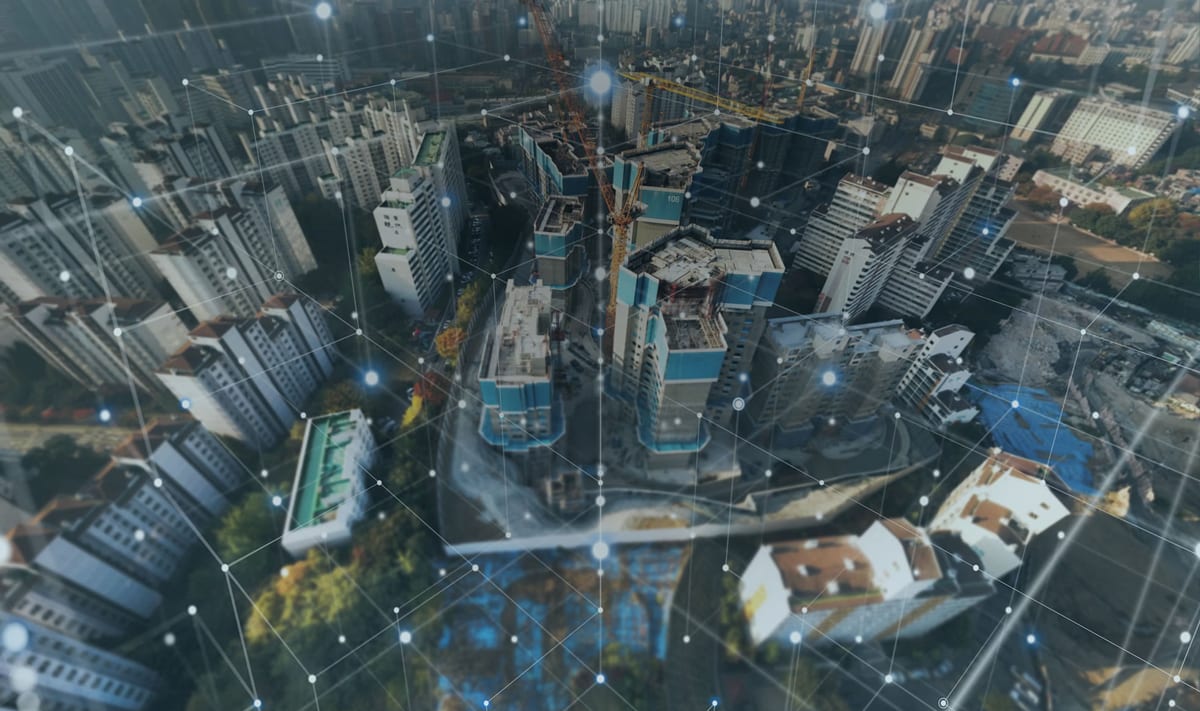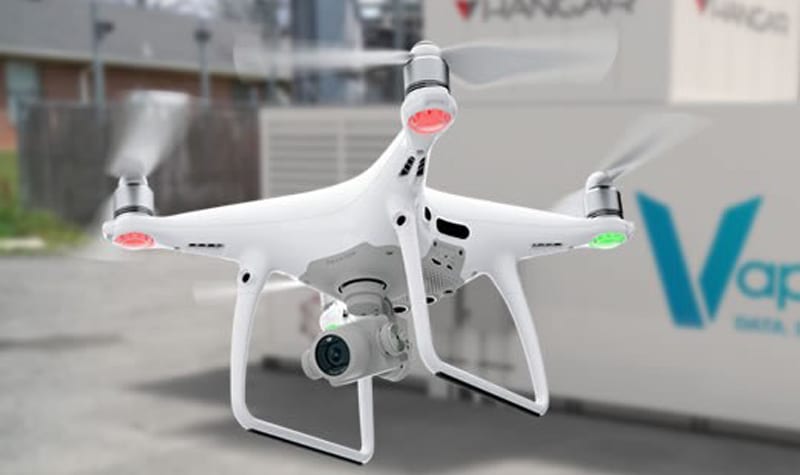
News
Hangar and Humatics Partnership Will Bring Precision Drone Navigation to Smart Cities
What do you get when you cross a cutting ‘edge’ drone data acquisition network with precision microlocation awareness? You get smart cities capable of complex integration of drones, autonomous vehicles and robots coupled with the power of the cloud edge.
At least, this is the vision of the partnership announced yesterday by microlocation tech company Humatics Corporation. Humatics are partnering with Hangar, creator of the crowdsourcing drone data platform Hangar on Demand.
Hangar have developed what they say is a world-first platform for the collection of autonomous data – data that is not only captured in 2D on paper, or as a 3D digital visualisation, but enhanced with the fourth dimension, real-time. They call this 4D Visual Insights™, and combined with the precision location technology provided by Humatics has the capacity to open up navigation and automation possibilities of driverless vehicle, drones and robots as never before.

Source: Hangar/Vapour IO
This combination extends Hangar’s autonomous flight control engine with and an unprecedented positioning capabilities down to millimetres, bringing true, scalable, and extremely accurate captures of assets both internal and external, within complex urban environments.
David Mindell, Humatics co-founder and CEO, explained the reason behind Humatics partnership with Hangar. “We are piloting our breakthrough microlocation system with key smart city innovators like Hangar. High precision position data can dramatically improve safety, efficiency and productivity,” he said.
The physical world moves rapidly and unpredictably. As autonomous systems such as drones, vehicles, and robots gain mass adoption, they’re going to require precise awareness of the environment around them - @hangartech Share on X
Commercially, the partnership will be implemented via Vapor IO’s Kinetic Edge™, an end-to-end platform for building and operating autonomous data centers at the edge of the network.
By extending Hangar’s existing autonomous infrastructure, Humatics will leverage Vapor IO’s Kinetic Edge to enable innovative applications for autonomous vehicles, including precision navigation, micro-location, and universal traffic support.
The project is expected to continue throughout 2018, developing joint solutions with a view to commercial deployment of the technology in 2019. Kinetic Edge will first be launched in the United States through the Project Volutus, an association which was announced in June 2017.
Project Volutus will provide a national network of Kinetic Edge micro data centers in major cities, including Chicago which is to be the premier city to launch Kinetic Edge. The result will be ” intelligent infrastructure for autonomous robotics across the entire network of Project Volutus cities as they come online,” the company said in a press release.
Jeff DeCoux, CEO and founder of Hangar recognises the requirement for precision location of drones and other autonomous inhabitants of smart cities, hence the partnership with Humatics. “The physical world moves rapidly and unpredictably. As autonomous systems such as drones, vehicles, and robots gain mass adoption, they’re going to require precise awareness of the environment around them,” he said.
“Fractions of seconds and location accuracy are paramount. Humatics gives us the added ability to safely and seamlessly navigate complex environments with centimeter- and millimeter-scale accuracy.”
Mindell says that Humatics can see a broad range of potential applications for this combination of high-end technology. “We envision many applications for precise drone navigation in smart cities, from inspections of construction, transportation and other infrastructure, all the way inside buildings, where precision becomes even more critical,” he said.
How useful was this post?
Click on a star to rate it!
Average rating 0 / 5. Vote count: 0
No votes so far! Be the first to rate this post.
We are sorry that this post was not useful for you!
Let us improve this post!
Tell us how we can improve this post?


















